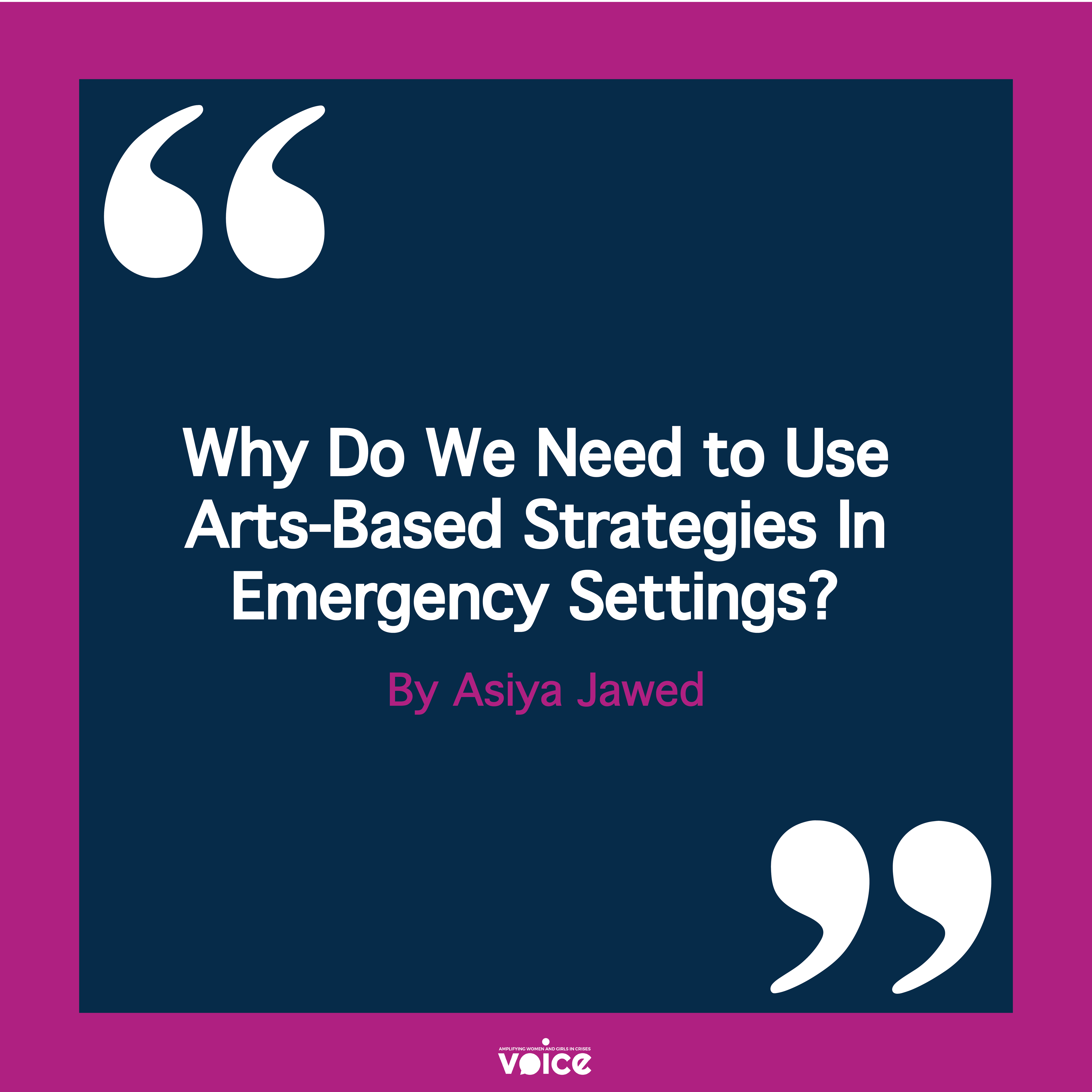By Asiya Jawed

When we imagine humanitarian relief in emergency contexts, we automatically think about the people's basic needs, which include food, water, shelter, and clothing. However, people live in a state of emergency post-political unrest and turmoil for several months and years - sometimes even decades. This is when essential health and education interventions are carried out in emergency contexts. Due to the Western-rooted public imagination and skewed media, we tend to alienate individuals and communities living in emergency settings by thinking of them as ‘distant others’ who are going through certain human rights violations.
Therefore, the solutions for people living in emergency settings are also very restrictive. Political leaders often refer to human rights violations to justify their specific policy measures. These can be used in debates around migration, poverty, and armed conflict. However, such policies are designed and implemented without any dialogue with the people whose rights are taken into consideration.
Human rights are a powerful ethical idea and a moral notion - they demand that governments meet certain obligations and adhere to specific standards when dealing with people. Creative and arts-based strategies can prove to be a great tool when connecting with people to discern their problems. These strategies, in turn, can also result in healthy coping mechanisms and promote communal conversations and social cohesion. Sociologist Nick Stevenson (2014) argues that careful thought and consideration need to be given to encouraging a culture of human rights through more educated forms of dialogue and concern. These dialogues, through creative interventions, can question those with political and economic power, which can ultimately help ensure that human rights are adhered to.
Understanding Cultural Realities and Contexts
Article 27 of the Universal Declaration of Human Rights states that everyone has the right to freely participate in the community's cultural life and be able to enjoy the arts. Cultural rights cannot be separated from human rights, which means that individuals and communities have the right to express and exchange their thoughts, emotions, and feelings through arts-based practices. Using art strategies is a form of culture-making as they help reveal and enhance the underlying identity—the unique meaning, value, and character of the social state of the community. When we begin to understand communities through a cultural lens, we can truly understand their specific social phenomenon and work towards social justice through creative/arts-based strategies.
Arts play an essential role in creating a ‘culture of human rights.’ These strategies can enable individuals living in emergency settings to engage with ideas about what constitutes their rights. International interventions that aim to achieve peace in conflict-ridden regions have a negative track record because of their detached praxis. One of the main problems with the international actors is reaching out and connecting with local communities and leaders who are vital in transforming societies and enabling lasting peace. Every community has its own form of expression, and no art form is particular to one community. Giving autonomy to communities while using arts-based participatory research helps de-colonise this methodology. It challenges hierarchies, fosters pluralism, and increases multi-vocality rather than promoting a one-dimensional white savior perspective.
De-Colonising our Alleviation of Trauma
Using the arts to alleviate trauma is a re-discovery of an old cultural phenomenon. The ritual of art in grieving and healing is already a pertinent practice in North American and Canadian indigenous communities. They have acknowledged the healing power of visual art, drama, music, and storytelling, while the western world’s recognition of the therapeutic benefits of the arts is more recent. Therefore, there is a lot to learn from indigenous communities’ healing practices. The Aboriginal Healing Foundation recently completed a study of the use and benefits of creative arts in First Nation, Inuit, and Métis healing programs throughout Canada. This study presents compelling evidence that creative arts, culture, and healing are all linked — to each other, indeed, and also linked to the idea that, when given the freedom to choose, community-based healing programs overwhelmingly include creative arts. Cultural activities and interventions included storytelling and traditional knowledge shared by elders, language programs, learning traditional art forms, drumming, singing, and dancing.
Arts-based strategies have been scientifically proven to improve the mind-body health of individuals living in emergency settings. Art therapists have observed that it is difficult for individuals to talk about their traumatic experiences due to the overall stress and emotional pain of recalling the events. However, art forms that do not require verbal recollection, like drawing or painting, can help “make the invisible visible,” which proves to be essential to the recovery process.
Music and movement are other practical arts-based tools for managing traumatic stress because of their soothing repetition, enabling affected individuals to own their stories and tell them in ways that replace the trauma narrative. Interventions can incorporate culturally resonant arts to the people affected by understanding how the community makes sense of their emergency context and what activities they perform as a community to self-soothe. For example, during the Six-Day War, Palestinian women had to stay indoors to protect themselves, so they started using Palestinian embroidery to reduce stress levels during the emergency. Understanding a community’s spiritual and cultural beliefs, where they find meaning, can help organizations develop arts-based programming that speaks more to them — and in turn, help them regain their voice.
For instance, in the months and years following a 7.8 magnitude earthquake that hit Nepal in 2015, numerous forms of community art rose from the rubble, such as urban murals, spoken word poetry, public dance performances, and sacred art. Community art proved to be a relief and coping mechanism through the creation or observation of art. It was used as a means of communication, both as a tool for promoting connections and conversations in the community and cultivating messages of hope. And they were lastly, serving as a tool to create physical and emotionally safe spaces.
The Need to Create and Hold this Space
Initiatives that engage artists and affected communities in arts-based activities can improve overall health outcomes. Therefore, development programming should be promoted in emergency contexts by funding support and developing partnerships with grassroots artists and creative organizations. The International City and County Management Authority (ICMA), in its 20 years of experience across four continents, has found that using art-based strategies is key to increasing public involvement in planning and implementation in community recovery efforts. They believe that one of the most overlooked yet vital roles in emergency management is the role of the artists as they can (i) implement creative strategies to share community insights with policymakers, (ii) facilitate opportunities for community members where they can outline their own needs and (iii) overcome language and cultural barriers to strengthen communication and create solidarity.
On this year’s World Social Justice Day, VOICE promotes arts-based work in emergency contexts where affected communities are encouraged to interact through artistic expressions rooted in their cultures. This will help them curate a safe space to reflect on their situation, express their fears and grievances, and develop coping strategies in an emergency situation to realise their human rights and imagine futures they want to live in.
Asiya Jawed is an interdisciplinary researcher and writer based in Karachi, Pakistan. She explores space, power, gender and civic activism through qualitative methods. At VOICE, she is developing a strategy to inculcate creative practices in the organization’s internal and external work.
